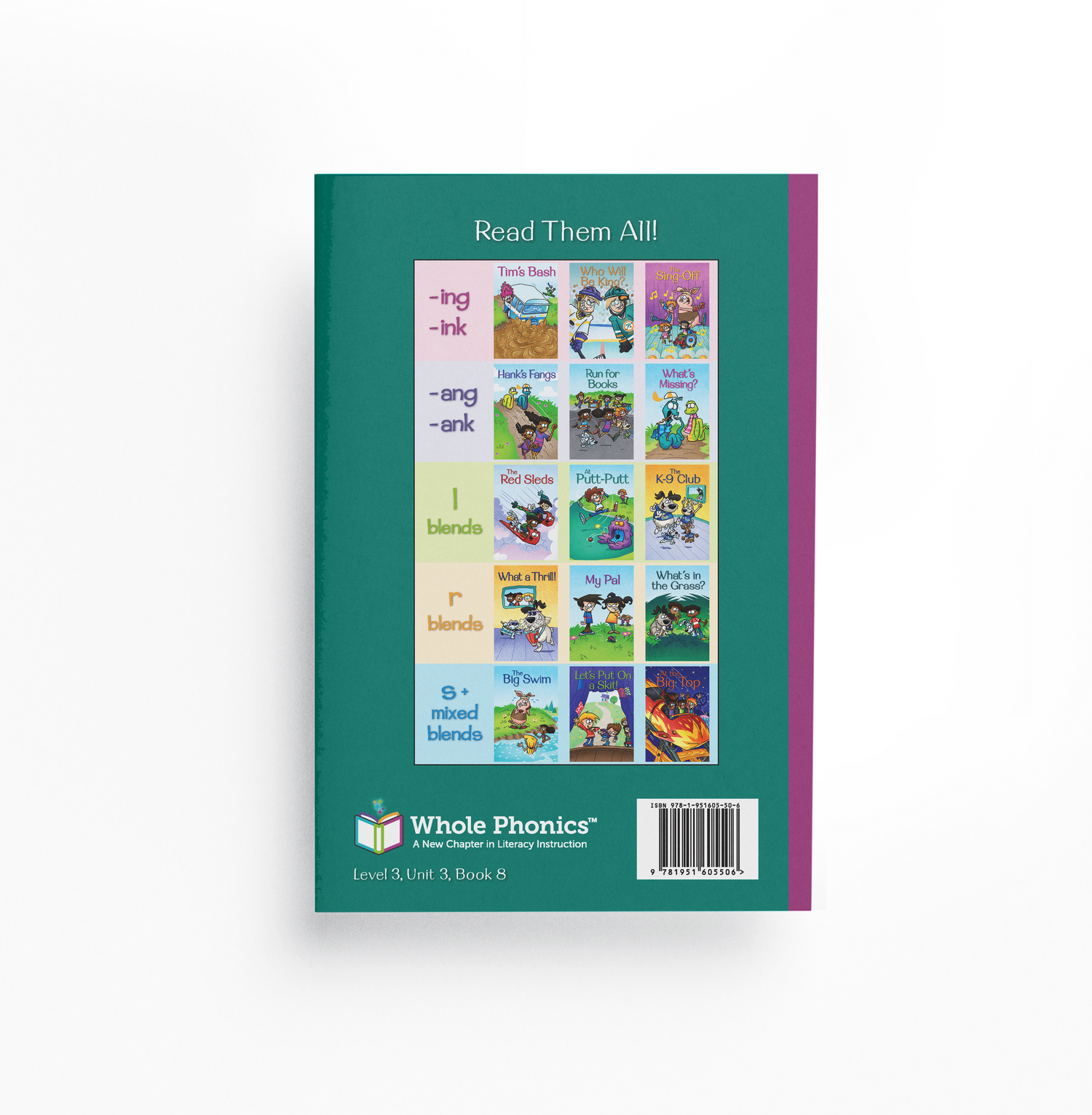
If you’re at Level Three, you are halfway through the Whole Phonics scope and sequence! Level Three of the Whole Phonics series covers glued sounds (-ing, -ink, -ang, -ank) and beginning blends (L, R, S-blends). Accurately reading and spelling with glued sounds and blends can be a challenge for beginning readers, so Level Three gives children an opportunity to develop this skill while enjoying a fun story with a complete narrative arc!
There are three decodable books and one story companion workbook dedicated to each skill covered in Level Three. Our story companion workbooks include a variety of reading, spelling, as well as high frequency word activities that are closely intertwined with the plot of the books! We’ve also dedicated one game to each book in Level Three. All of our level three books and workbooks are identified by a unifying color: magenta.
What Skills are Covered in Level Three?
What are Glued Sounds and Beginning Blends?
Glued sounds are taught as a unit because it is difficult to hear the individual sounds of “ng” as well as distinguish “ng” from “nk.” Beginning blends can be seen in words like “clip” “brag” and “still.” In a blend, each letter makes a sound which is then blended together to pronounce the word.
Why do we teach glued sounds as a unit?
We teach glued sounds “ank” and “ang” as a unit because when the vowel “a” is next to the sound /n/ the pronunciation of the vowel can change due to the nasal quality of the sound /n/. For example, when we say “bang,” we do not use a true short a sound (as in “apple”), so we must teach these letter combinations as a distinct unit. Try saying “bang” with a true short a sound. Tricky, right?
In addition to the nasality effect of the sound /n/ on the vowel a, when “ng” comes together, we do not pronounce the /n/ and /g/ sounds separately - they become a new sound entirely. It is easier for students to learn the combination of letters “-ing” and “-ang” versus relying on their previous letter-sound knowledge which may lead them astray.
Meet Some of Our Level Three Characters
-
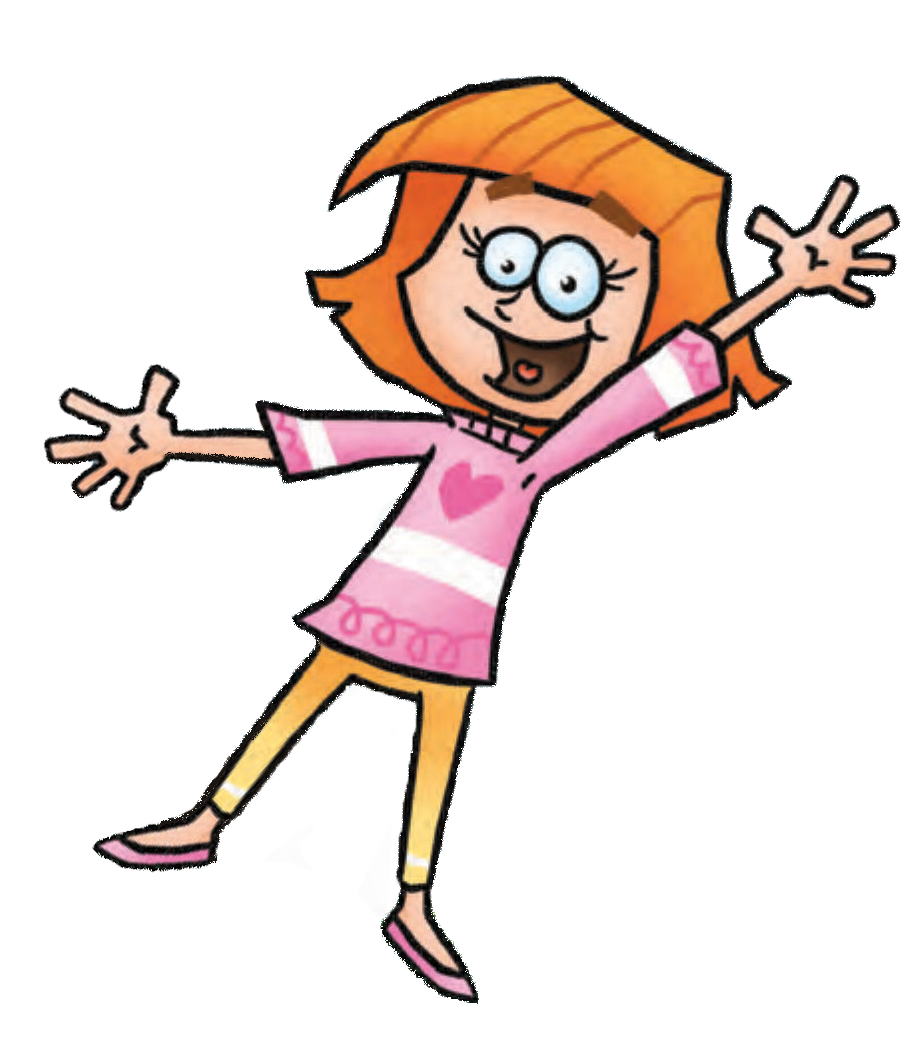
Liz
-
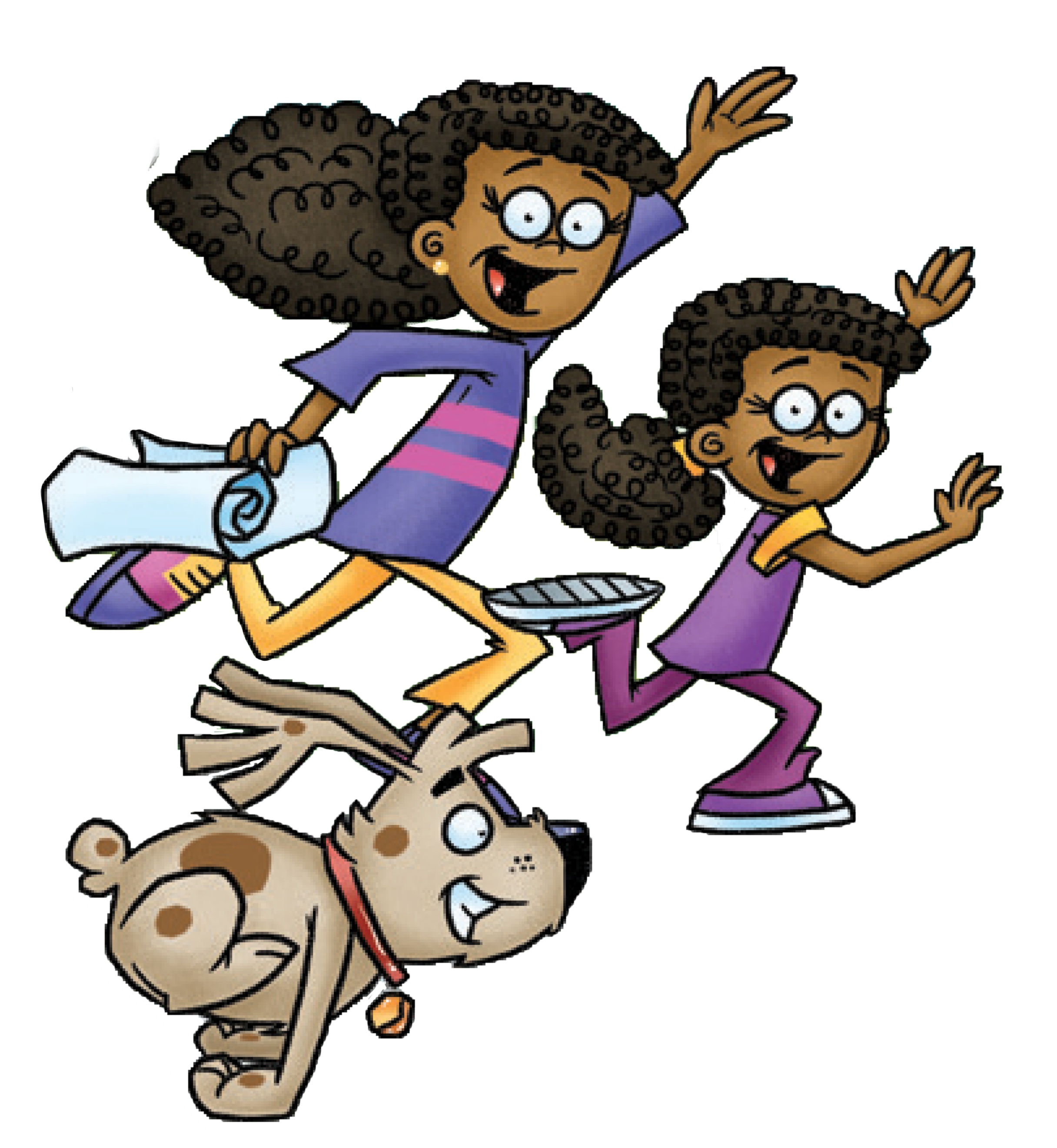
Meg and Ann
-
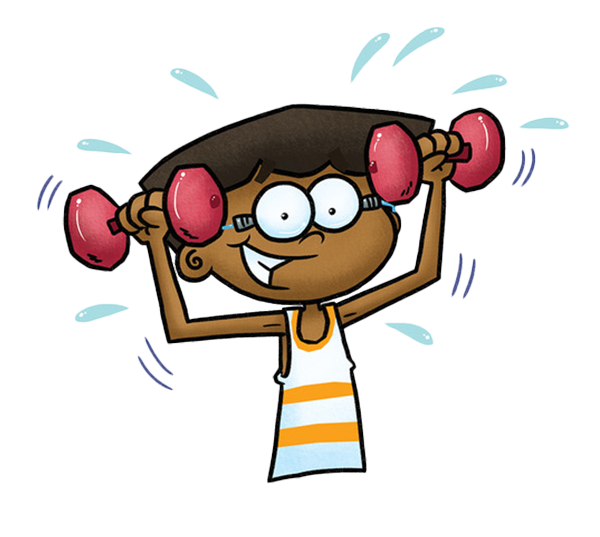
Gus
-

Zac
-
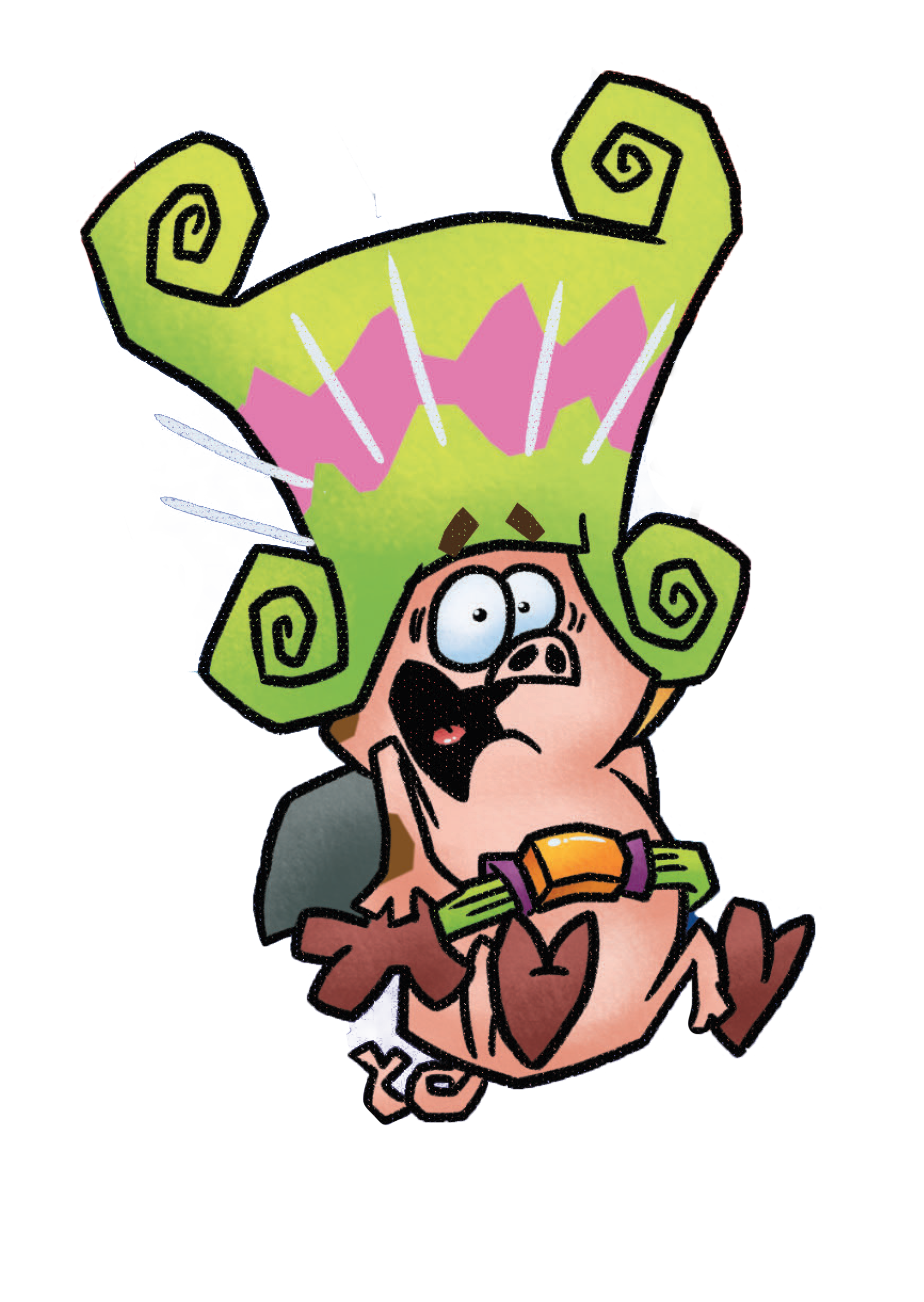
Tim
-

Bud
The Level Three Decodable Books
Each decodable book has a target sound (like -ink or L-blends) that is emphasized throughout the book to provide students with ample practice reading that new sound in context. Our program is also cumulative and all previously introduced skills are revisited. So, if you select an “R-blend” decodable book (from unit 4), be sure that students have learned and can decode words with -ing/-ink, -ang/-ank, and L-Blends (from units 1 to 3).
In each book, we carefully introduce one to three “high frequency words”, some of which are temporarily irregular while others are not. We have chosen our high-frequency words according to their frequency of use. Special vocabulary words have also been selected for each book, to ensure children have the opportunity to preview and learn words that may be unfamiliar to them.
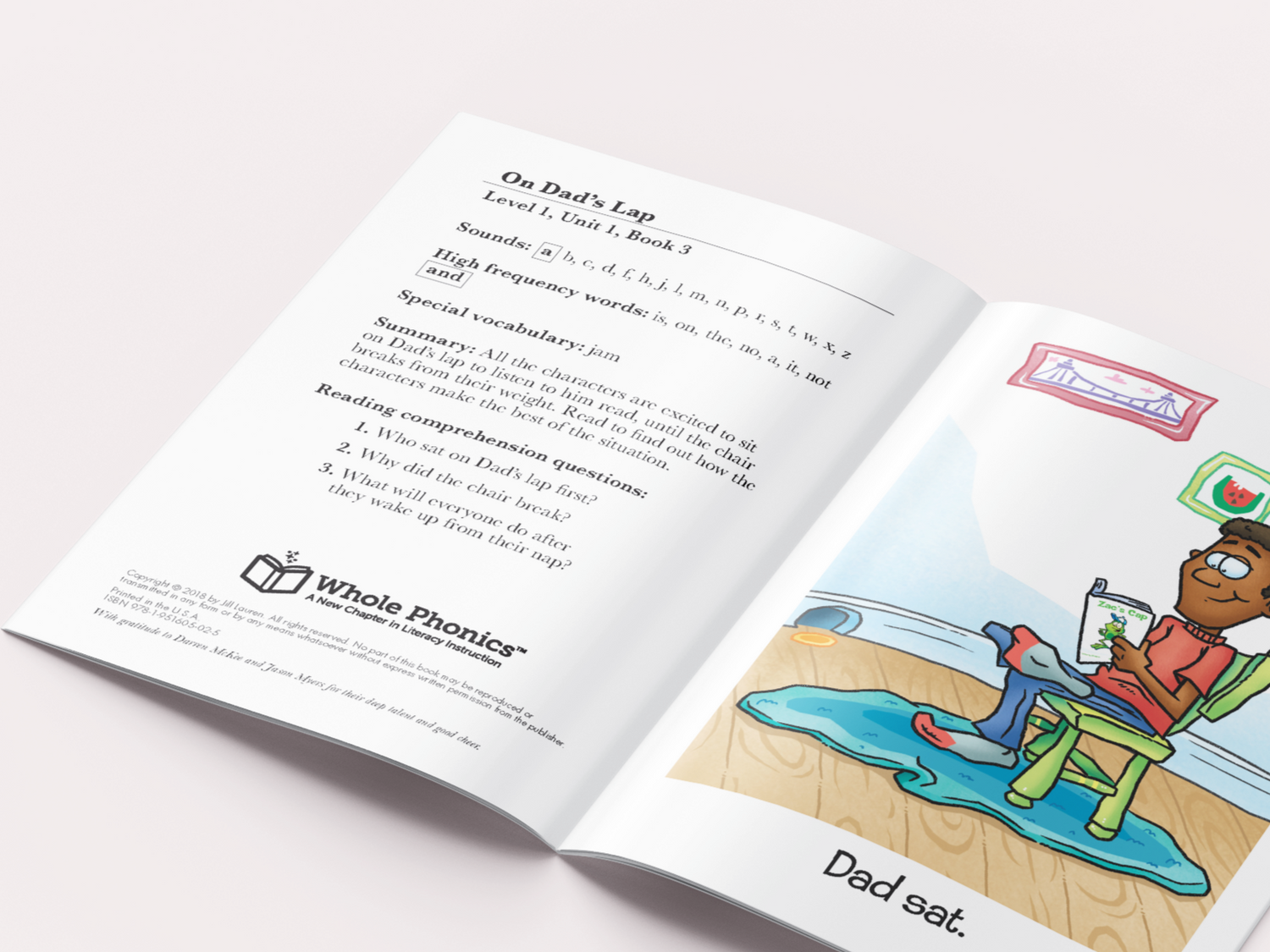
Lastly, each decodable book includes three reading comprehension questions which range from factual to analytical. A factual question will provide insight into a student's ability to recall details from the text, like, “How do the kids try to help Hank?” An analytical question requires students to think beyond the text and will likely elicit different responses from students. For example, an analytical question may ask, “Have you lost a tooth? How did you feel about it?”
For your convenience, the sounds, high frequency words, special vocabulary, and comprehension questions can be found on the front inside cover of each book (note: new sounds and high frequency words will be boxed and bolded).
The Level Three Workbooks
We offer three types of workbooks:
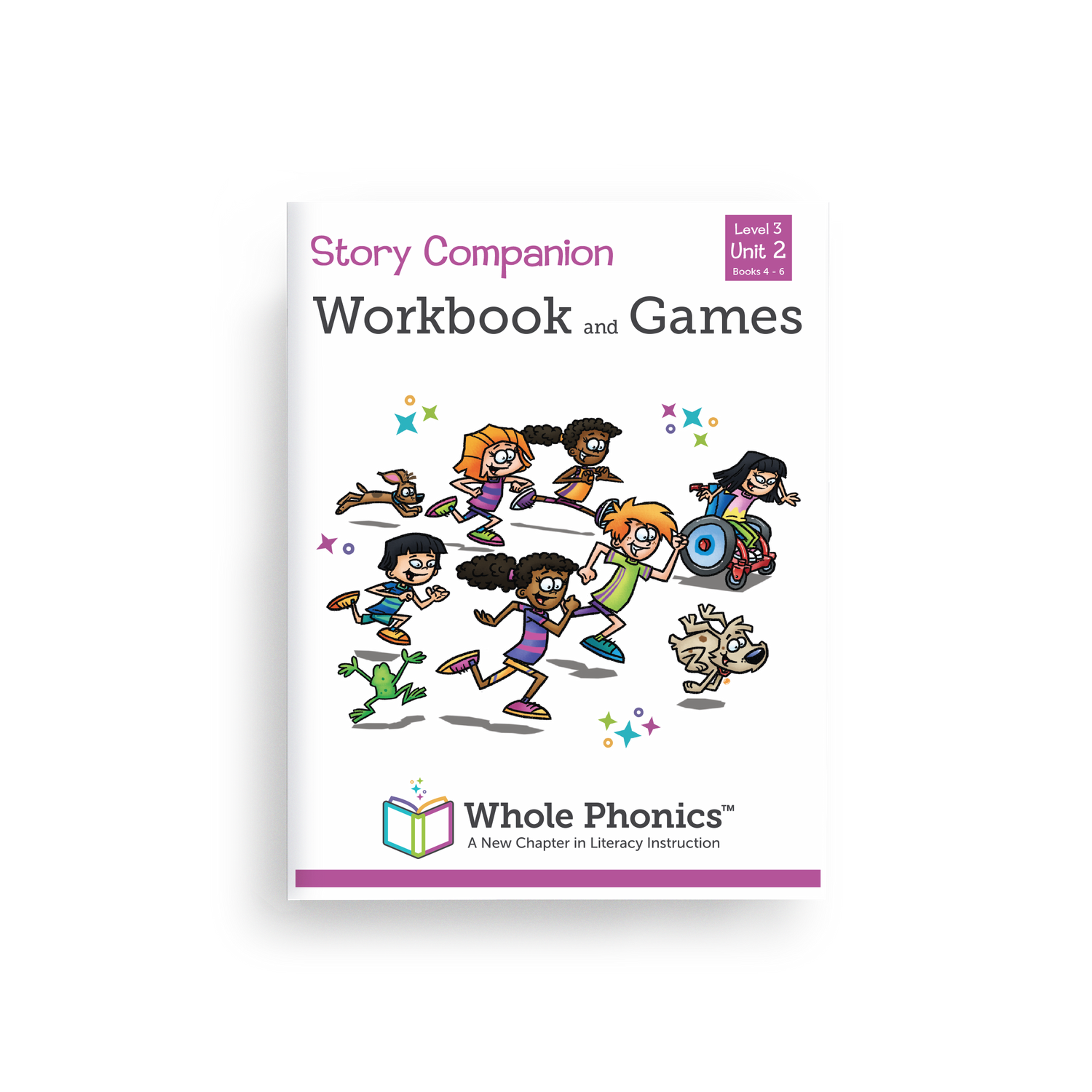
Story Companion Workbook and Games
Each book has dedicated workbook pages that practice decoding, encoding, and reading comprehension. Practice activities for high frequency words are also included. One game accompanies each book.
Who is Level Two for?
Our decodable books and workbooks are designed for instructional purposes, whether that be in the classroom or at home for additional practice. Decodable books are a wonderful way to practice specific phonic skills and build reading fluency in the context of full length books. Similarly, the abundance of workbook activities support meaningful practice. Teachers, the workbook pages can also be used in centers, for independent work, or sent home for homework.






